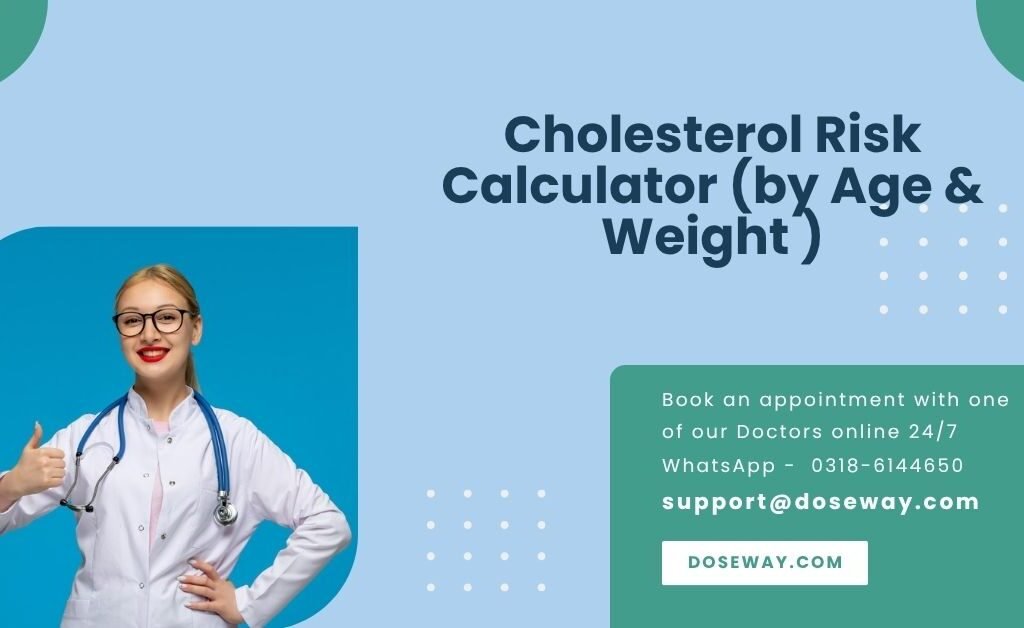Cholesterol Risk Assessment
Try More Free Tools:
- Try our Ovulation Calculator For Boy Twins (Free Estimator)
- Try our Ovulation & Fertility Calculator (Fertility Tracker Free App)
- Try our Macronutrient Calculator (Keto, Protein By Age & Weight)

Table Of Contents
Mastering Cholesterol Management: Your Comprehensive Guide to Heart Health
Cardiovascular disease claims 17.9 million lives annually, with elevated cholesterol contributing to 45% of ischemic heart disease cases. Our Cholesterol Risk Calculator empowers you to quantify your cardiovascular vulnerability using clinical parameters. This guide demystifies cholesterol science while explaining how our tool generates your personalized risk profile.
Essential Cholesterol Terminology Explained
Lipid Biochemistry Fundamentals
- Lipoproteins: Protein-fat complexes transporting cholesterol
- Apolipoproteins: Structural proteins determining lipoprotein function
- Chylomicrons: Triglyceride-rich particles from dietary fats
Critical Cholesterol Metrics
| Parameter | Clinical Significance | Optimal Range |
|---|---|---|
| LDL-C | Atherogenic potential | <100 mg/dL |
| HDL-C | Reverse cholesterol transport | >60 mg/dL |
| Non-HDL | All atherogenic particles | <130 mg/dL |
| Lp(a) | Genetic risk indicator | <50 mg/dL |
Decoding Your Lipid Profile
LDL Cholesterol: The Primary Culprit
Low-density lipoproteins infiltrate arterial walls, triggering foam cell formation and plaque development. Each 39 mg/dL LDL increase elevates coronary risk by 25%.
HDL Functionality Beyond Numbers
HDL’s cholesterol efflux capacity matters more than quantity. Dysfunctional HDL occurs in:
- Metabolic syndrome
- Autoimmune disorders
- Chronic kidney disease
Triglyceride Vascular Impact
Levels >150 mg/dL:
- Increase remnant cholesterol
- Promote endothelial dysfunction
- Accelerate plaque instability
Cholesterol Risk Calculator Methodology
Clinical Parameters Assessed
Our algorithm evaluates:
- Lipid biomarkers: Total cholesterol, HDL, triglycerides
- Hemodynamic factors: Systolic blood pressure
- Metabolic indicators: Diabetes status
- Lifestyle variables: Smoking, physical activity
- Genetic predisposition: Family history
Risk Stratification Framework
The tool adapts these clinical guidelines:
- ACC/AHA Pooled Cohort Equations
- ESC SCORE2 System
- NIH ATP-III Criteria
Interpreting Your Results
Risk Spectrum Analysis
| Score Range | Category | Clinical Action |
|---|---|---|
| <7.5% | Low Risk | Lifestyle maintenance |
| 7.5-20% | Intermediate | Lipid recheck in 1 year |
| >20% | High Risk | Statin therapy initiation |
Visual Risk Representation
Our tool features an interactive atherosclerosis progression chart showing:
- Arterial cross-sections at different risk levels
- Plaque composition changes
- Blood flow reduction percentages
Strategic Cholesterol Management
Evidence-Based Intervention Approaches
Nutritional Therapeutics
- Soluble fiber: 10g daily reduces LDL 5-7%
- Plant sterols: 2g/day lowers LDL 10-14%
- Omega-3s: 4g EPA/DHA decreases triglycerides 30%
Lifestyle Optimization Matrix
| Intervention | LDL Reduction | Implementation |
|---|---|---|
| Mediterranean Diet | 15-30% | Adherence score >10 |
| Aerobic Exercise | 5-15% | 150 mins/week |
| Smoking Cessation | 10-20% | Complete abstinence |
Disclaimer: This tool provides educational estimates only, not medical advice. Consult healthcare professionals for clinical decisions.
Frequently Asked Questions (FAQs) –
How frequently should I retest my cholesterol?
Low risk: Every 4-6 years
Intermediate risk: Annually
High risk: Quarterly during therapy optimization.
Can normal-weight individuals have high cholesterol?
Yes. 31% of normal-BMI adults have dyslipidemia due to:
Familial hypercholesterolemia
Insulin resistance
Hypothyroidism.
Why does gender impact cholesterol risk?
Premenopausal women: Estrogen elevates HDL
Men: Androgens increase LDL production
Postmenopausal women: LDL rises 10-15%.

 Cart is empty
Cart is empty
Add a Comment